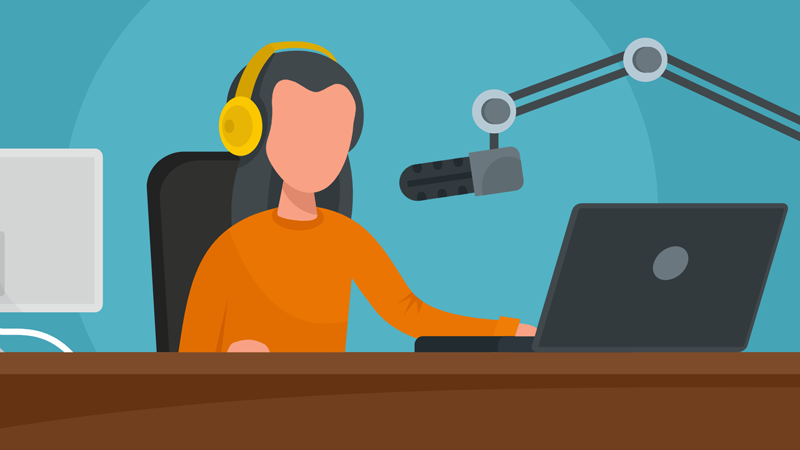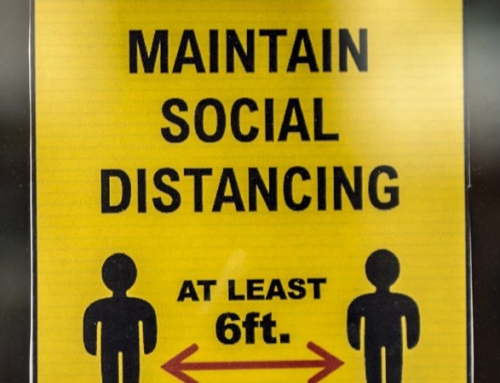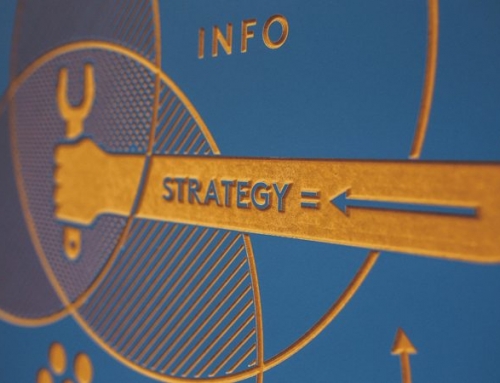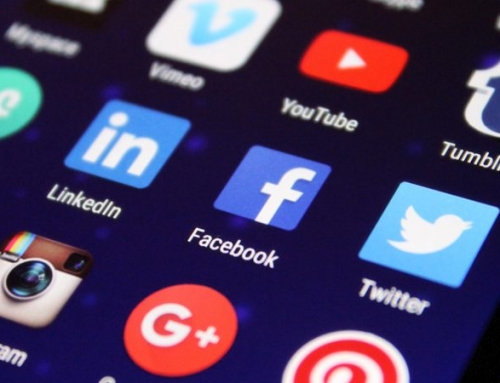From podcasts to interactive apps, audio content is now firmly established as a marketing medium in its own right. Whether you’re communicating with customers during a break in a live streamed radio show or explaining your newest offers while they’re on hold to the customer service team, you need to make sure anything your asking people to listen to is free from the following faux pas. Here are ten audio content conventions that Probella recommend you avoid at all costs.
1. “Hey Guys.”
The Youtubers favourite is not only over familiar and far too casual for many professional businesses, it is also so overused it has taken on a new meaning, all of its own. The hackneyed phrase identifies you or your company as just another band wagon jumper, who couldn’t really be bothered to think of a more engaging salutation. It’s functional, it’s not offensive but let’s be honest, we can all do better.
2. Talking at hyper speed
This is something that started life on local radio in both the USA and the U.K. Insurance companies, loan providers and banks often tried to cram their terms and conditions in to a just a few seconds by asking the voice artist to read them as quickly as possible. This means nobody can actually understand what’s being said and the information just gets lost in a haze of speeded up gabbling.
3. Deliberately loud or abrasive noises
A favourite of the gambling industry, this technique is often used in YouTube ads to “wake the user up.” Unfortunately, it also has the unwanted consequence of making them jump and feel extremely uncomfortable. Though this can be amusing or create a sense of novelty the first few times it happens, people will soon get bored and begin to build resentment.
4. Too Much Repetition
This can be a particular problem amongst streaming services as well as broadcasters. When users see the same advert over and over again in a short space of time, they begin to subconsciously block it out. Exposure is generally a good thing when it comes to brand awareness, but overkill is definitely not. Avoid repeating your ads too often as they will ultimately be less effective.
5. Advertising Humour
Humour is very subjective and though you will never be able to make everybody laugh, you stand a better chance of creating positive engagement if you steer well clear of the kind of cliched, cringe inducing humour that so commonly dominates most TV and audio ads. Even if you try to use these conventions ironically, bad puns and marketing friendly mirth is something most people find very off putting.
6. Chewing, slapping or other mouth sounds
To some people, these kinds of sounds are worse than fingernails down a chalk board or the screech of a security alarm. Never use them if you can avoid it as those who find them intolerable will switch off instantly. They may also begin to subconsciously associate your company with this negative feeling and avoid any further content you publish. Though this is common sense to most people, some companies can forget about the negative impact abrasive or unwanted sounds can have on some people.
7. Strong Accents
Though inclusivity is essential, having a voice artist with an accent that is so strong you are unable to decipher what is being said is a definite no when it comes to creating audio content. This is rarely an issue in international marketing, however, local companies that are trying to expand their operations will need to be mindful of this. What may sound simple and easy to understand to you, could be extremely confusing and almost impossible to listen to for others.
8. Copyrighted Material You Don’t Have Permission to Use
Even if a song is only faintly audible in the background of an advert or during a conversation between two voice actors, you must ensure that you have permission to use it. Record companies, artists and other licence holders will take legal action if they find out you have taken their work and used it as part of an advertising campaign without their consent. Unintentional mistakes such as forgetting to include a track in your PRS can be avoided by incorporating a through checking process.
9. Singing Your Brand Name
This might be something you can get away with if you can create something that strikes the right balance between nostalgia, humour and irony, but in 2020, actual songs that contain your brand name can be come across as a little bit too cheesy. Activating your audiences cringe reflex isn’t usually a positive thing, especially if you’ve done it unintentionally while trying to promote one of your best products or a new service you’re offering. Earworms and digital idents with a musical edge are still fine, but full-length songs about your company belong firmly in the past.
10. Badly mixed or poorly processed audio
Uneven volume during podcasts, adverts or any other audio content is not acceptable in 2020. With a plethora of simple sound processing programs available, many of which are totally free of charge, there’s no excuse for poor quality audio content in the 21st century. Simple techniques such as compression, noise reduction and digital equalisation should be employed to ensure that your content sounds clear, professional and pleasant to listen to.
Summary
In 2020, creating good quality audio content for digital marketing requires a combination of technological knowhow, an understanding of the current conventions and the ability to place yourself in the position of a customer or audience member. Be realistic about how you feel when you hear any audio content you have created. If there’s anything that grates on you, makes you uncomfortable or that feels out of place, you can guarantee that your audience will notice this, too. The message in your audio content matters, but the way it is delivered is essential. Clarity, originality and quality should be at the core of everything you create.






